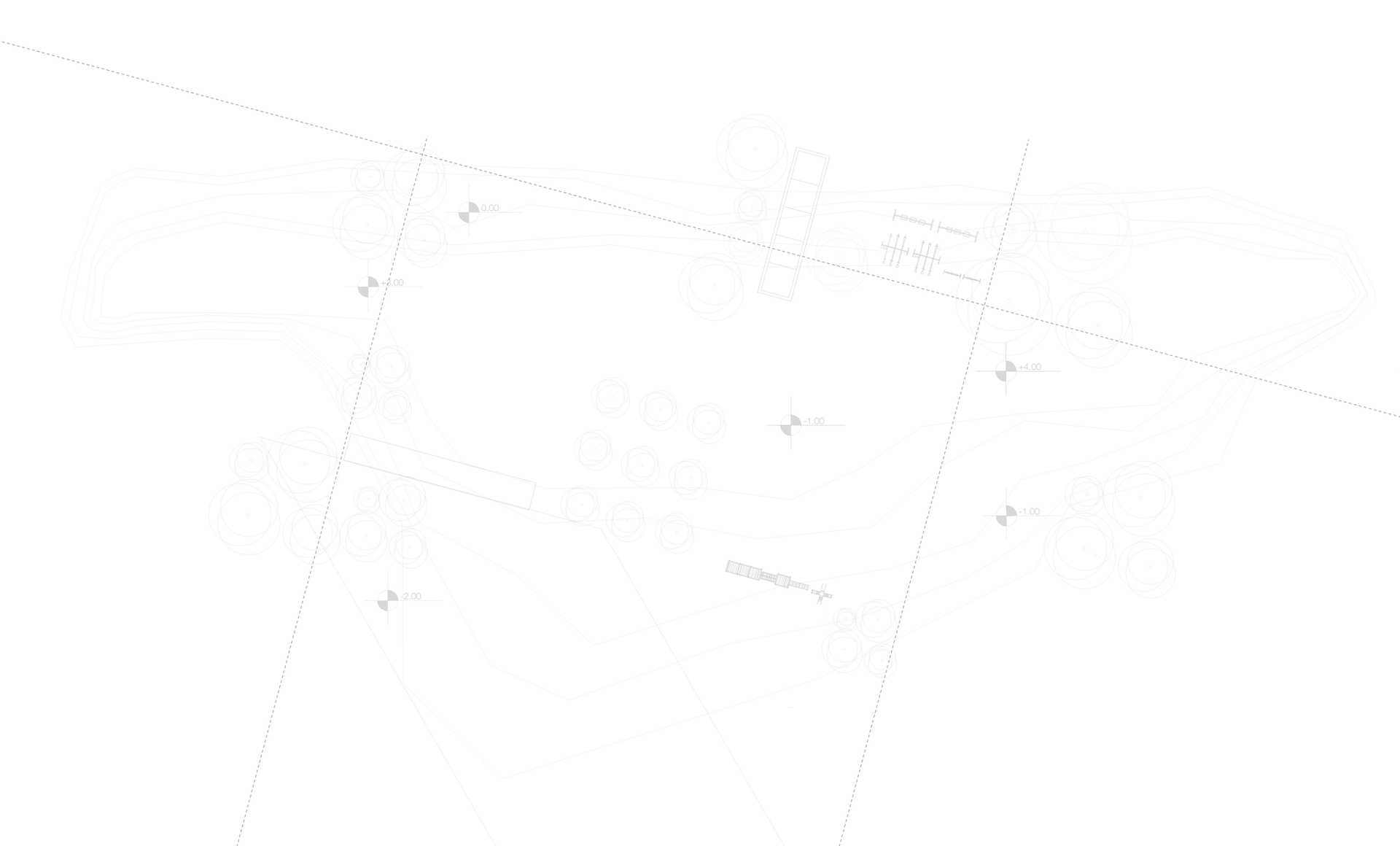Butyl Rubber: A Comprehensive Guide
- EPDM Rubber
- Jul 16, 2024
- 2 min read
Butyl rubber is a versatile and highly durable material used in various applications, from sealing roofs to creating waterproof barriers. This article will delve into what butyl rubber is, its benefits, and its uses, particularly in roofing. We will also address some frequently asked questions to help you better understand this essential material.
What is Butyl Rubber?
Butyl rubber, also known as isobutylene isoprene rubber (IIR), is a synthetic rubber produced by polymerizing isobutylene with a small amount of isoprene. This combination results in a rubber with excellent impermeability and elasticity, making it ideal for applications requiring airtight and watertight seals.
Benefits of Butyl Rubber
Butyl rubber offers several advantages that make it a popular choice in various industries:
Excellent Air and Water Tightness: Butyl rubber's low permeability to gases and moisture makes it perfect for creating airtight and watertight seals.
High Durability: It resists weathering, UV radiation, and chemical exposure, ensuring long-lasting performance.
Flexibility: Butyl rubber remains flexible even at low temperatures, making it suitable for various climates.
Adhesion: It adheres well to different surfaces, including metal, glass, and concrete, providing a strong and reliable seal.

Uses of Butyl Rubber
One of the primary uses of butyl rubber is in roofing. Liquid rubber and liquid rubber roofing products made from butyl rubber are widely used for their exceptional sealing and protective properties.
Liquid Rubber: Liquid rubber is a form of butyl rubber that can be applied as a coating to roofs. It creates a seamless, waterproof barrier that protects the roof from leaks and weather damage.
Liquid Rubber Roofing: Liquid rubber roofing involves applying a liquid rubber coating to the roof surface. This method is particularly effective for flat and low-slope roofs, providing a durable and flexible membrane that withstands harsh weather conditions.
EPDM Liquid Butyl Rubber: EPDM (ethylene propylene diene monomer) liquid butyl rubber combines the benefits of EPDM and butyl rubber. It offers superior weather resistance, flexibility, and durability. This combination makes it an excellent choice for roofing applications.
Conclusion
Butyl rubber is a highly versatile and durable material with numerous applications, particularly in roofing. Its excellent air and water tightness, high durability, flexibility, and strong adhesion make it an ideal choice for creating long-lasting, reliable seals. Whether you're considering liquid rubber, liquid rubber roofing, or EPDM liquid butyl rubber, understanding the benefits and uses of butyl rubber can help you make informed decisions for your projects. For more information on butyl rubber products and their applications, visit EPDM Coatings.





Comments